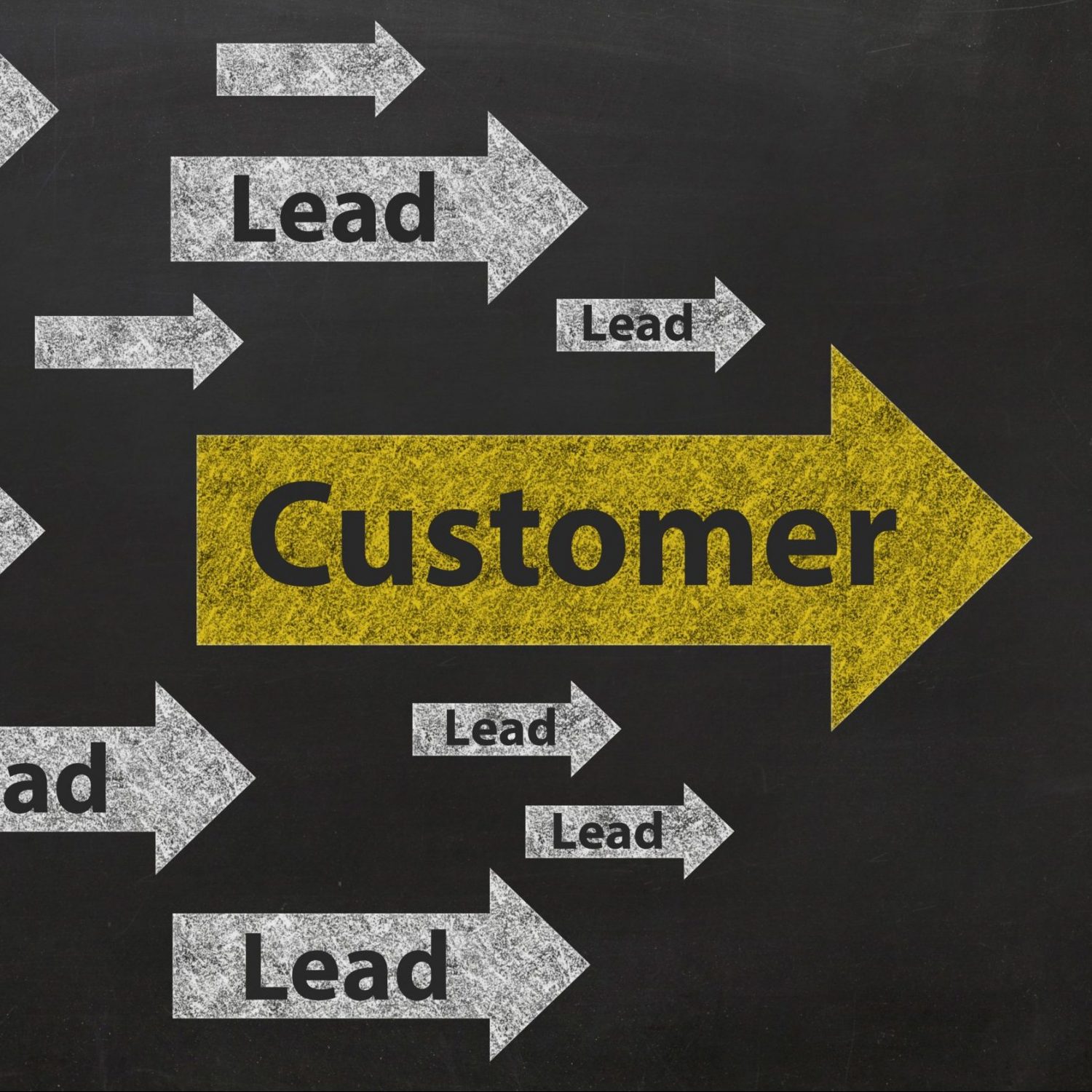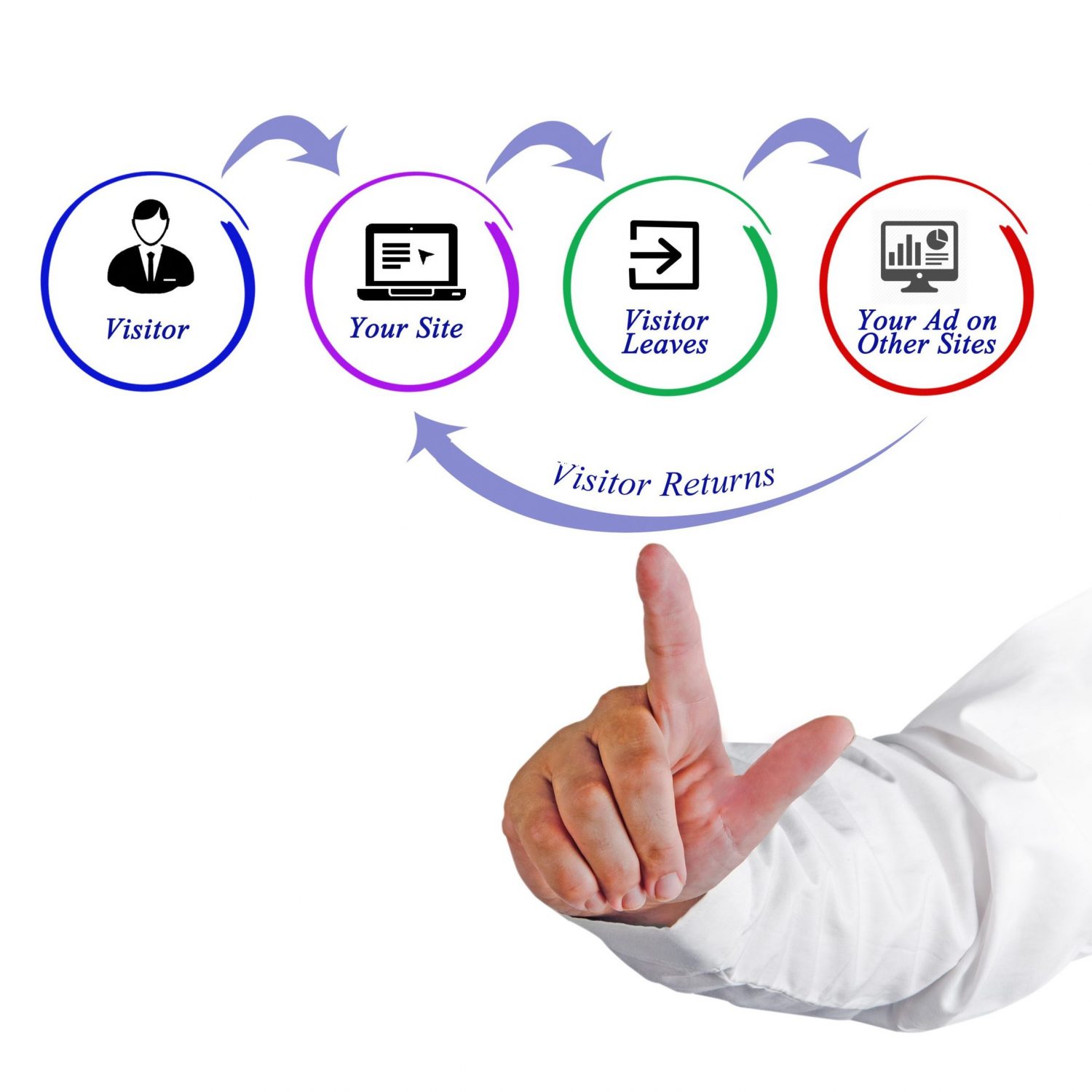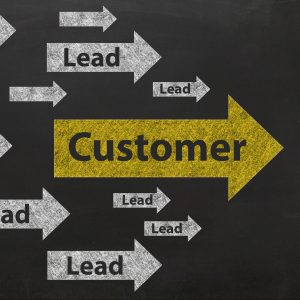
Take Your Ads to the Next Level
GeoFence, GeoFollow, and targeted digital ads are customer-acquisition tools used by savvy marketers who understand the power of location-based marketing.
Display Ads
Digital display ads are the ideal tool for increasing brand awareness and driving traffic to your website. Effective display ads are perceived as a less intrusive form of advertising. Serving a display ad to potential clients, especially an ad highlighting a service or offering they are actively searching for, is a powerful tool in your marketing toolbox. Want to know more? We’ve prepared this explanation of the benefits of display ads for you.
Retargeting Campaigns
Did you know that website visitors who are retargeted with display ads are 70% more likely to convert? Or that 26% of customers who are retargeted will return to your website. Retargeting campaigns drive conversions among an audience who has been exposed to your content by visiting your website or opening an email. Once they leave your website or that email, they’re shown an ad that’s related to the original interaction. This omnichannel approach offers a non-intrusive opportunity to remind this audience what you have to offer them. Remarketing can turn anonymous, one-time website visitors into qualified leads.


Expertise in Reaching Audiences
Searching for goods or services “near me” is a fast rising segment of Google’s search inquiries. In fact, these types of “near me” searches have risen more than 900% in the past two years. That’s why your marketing strategy needs to leverage a hyper-targeted strategy to reach consumers who are looking for what you offer or that of a local competitor. GeoFencing and GeoFollowing make that possible.
Step up your retargeting efforts by launching a smart campaign in partnership with Sabal Group. Our Display Ad Campaign Guide can guide you through what you need to know and provide to get a campaign off on the right foot. When you’re ready to begin, email Maribeth to get the campaign underway to see results!
Digital Marketing FAQs
What is a display ad?
A display ad is a category of ads delivered to users via their mobile devices and computers. Display ads include responsive ads, retargeting ads, social ads, and native ads. They may be static or include video or audio. The goal of a display ad is to increase brand awareness and drive traffic to the website.
Can you design the display ad for me?
Yes! Sabal Group’s team is well-versed in the fine art of designing and writing display ads that stay within the rules of the platform and engage viewers’ interest.
What information or visuals do I need to provide you with to create the ad?
Our Display Ad Campaign Guide has all of the details you’ll need to know to begin the display ad design process.
What is GeoFencing and GeoFollow?
GeoFence and GeoFollow are tools to deliver digital display ads to a consumer’s mobile device based on its physical location.
How does GeoFencing work?
A virtual boundary, known as a GeoFence, is created around a specific geographical location you designate. When a consumer and their phone pass through the boundary or GeoFence, a digital display ad is served to them on their phone.
How does GeoFollow work?
Like GeoFencing, a specific location is determined and a virtual boundary is created in order to deliver the ad to a consumer’s phone. However, GeoFollow uses a beacon (a cookie-like technology) to enable the consumer’s device to receive ad content for up to 30 days after they depart from the designated location.L
What counts as a conversion? How do you track offline conversions?
Tracking the performance of targeted digital marketing is critical to calculating your ROI for a campaign. The metrics you choose as your Key Performance Indicators (KPIs) vary depending on the campaign’s goals. For brand awareness, new visitors to the website can be measured using Google Analytics. Other forms of conversions may be tracking phone calls, downloading a PDF, filling out a form, or clicking on a specific link on the page. If the goal is having someone visit your location in person for a hotel, car dealer, or restaurant, we can tailor the campaign to track Google Store Visits if there’s enough volume. For smaller campaigns, linking a display ad to a GeoFencing campaign can help measure local conversions.
Will GeoFencing or GeoFollow work for my business?
You may have heard that Google has changed its rules about using Zip codes to target customers for ads. This new rule only affects certain industries, such as housing. If your industry is not among the banned group, both GeoFencing and GeoFollow are effective tools.
How much should I spend on this type of ad campaign?
There is no one-size-fits-all approach to digital ad campaigns and ad spend. However, if your budget is small, then we recommend targeting lower-funnel search terms also known as long-tail keywords. These are search phrases consumers use as they near the end of their decision journey and often have lower levels of competition.

Take Your Ads to the Next Level
GeoFence, GeoFollow, and targeted digital ads are customer-acquisition tools used by savvy marketers who understand the power of location-based marketing.
Display Ads
Display ads are the ideal tool for increasing brand awareness and driving traffic to your website. Effective display ads are perceived as a less intrusive form of advertising. Serving a display ad to potential clients, especially an ad highlighting a service or offering they

Retargeting Campaigns
Did you know that website visitors who are retargeted with display ads are 70% more likely to convert? Or that 26% of customers who are retargeted will return to your website. Retargeting campaigns drive conversions among an audience who has been exposed to your content by visiting your website or opening an email. Once they leave your website or that email, they’re shown an ad that’s related to the original interaction. This omnichannel approach offers a non-intrusive opportunity to remind this audience of why you have to offer them.

GeoFence and GeoFollow
Searching for goods or services “near me” is a fast rising segment of Google’s search inquiries. In fact, these types of “near me” searches have risen more than 900% in the past two years. That’s why your marketing strategy needs to leverage a hyper-targeted strategy to reach consumers who are looking for what you offer or that of a local competitor. GeoFencing and GeoFollowing make that possible.
Step up your retargeting efforts by launching a smart campaign in partnership with Sabal Group. Our Display Ad Campaign Guide can guide you through what you need to know and provide to get a campaign off on the right foot. When you’re ready to begin, email Maribeth to get the campaign underway to see results!
Digital Marketing FAQs
What is a display ad?
A display ad is a category of ads delivered to users via their mobile devices and computers. Display ads include responsive ads, retargeting ads, social ads, and native ads. They may be static or include video or audio. The goal of a display ad is to increase brand awareness and drive traffic to the website.
Can you design the display ad for me?
Yes! Sabal Group’s team is well-versed in the fine art of designing and writing display ads that stay within the rules of the platform and engage viewers’ interest.
What information or visuals do I need to provide you with to create the ad?
Our Display Ad Campaign Guide has all of the details you’ll need to know to begin the display ad design process.
What is GeoFencing and GeoFollow?
GeoFence and GeoFollow are tools to deliver digital display ads to a consumer’s mobile device based on its physical location.
How does GeoFencing work?
A virtual boundary, known as a GeoFence, is created around a specific geographical location you designate. When a consumer and their phone pass through the boundary or GeoFence, a digital display ad is served to them on their phone.
How does GeoFollow work?
Like GeoFencing, a specific location is determined and a virtual boundary is created in order to deliver the ad to a consumer’s phone. However, GeoFollow uses a beacon (a cookie-like technology) to enable the consumer’s device to receive ad content for up to 30 days after they depart from the designated location.L
What counts as a conversion? How do you track offline conversions?
Tracking the performance of targeted digital marketing is critical to calculating your ROI for a campaign. The metrics you choose as your Key Performance Indicators (KPIs) vary depending on the campaign’s goals. For brand awareness, new visitors to the website can be measured using Google Analytics. Other forms of conversions may be tracking phone calls, downloading a PDF, filling out a form, or clicking on a specific link on the page. If the goal is having someone visit your location in person for a hotel, car dealer, or restaurant, we can tailor the campaign to track Google Store Visits if there’s enough volume. For smaller campaigns, linking a display ad to a GeoFencing campaign can help measure local conversions.
Will GeoFencing or GeoFollow work for my business?
You may have heard that Google has changed its rules about using Zip codes to target customers for ads. This new rule only affects certain industries, such as housing. If your industry is not among the banned group, both GeoFencing and GeoFollow are effective tools.
How much should I spend on this type of ad campaign?
There is no one-size-fits-all approach to digital ad campaigns and ad spend. However, if your budget is small, then we recommend targeting lower-funnel search terms also known as long-tail keywords. These are search phrases consumers use as they near the end of their decision journey and often have lower levels of competition.
Join Our Newsletter Audience
We invite you to sign up to join our newsletter audience. We promise not to share you information. We promise not to spam you with content that doesn’t meet your needs!

